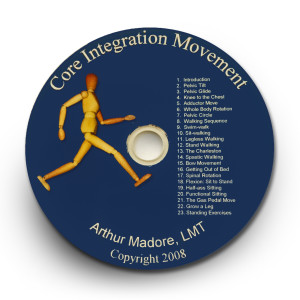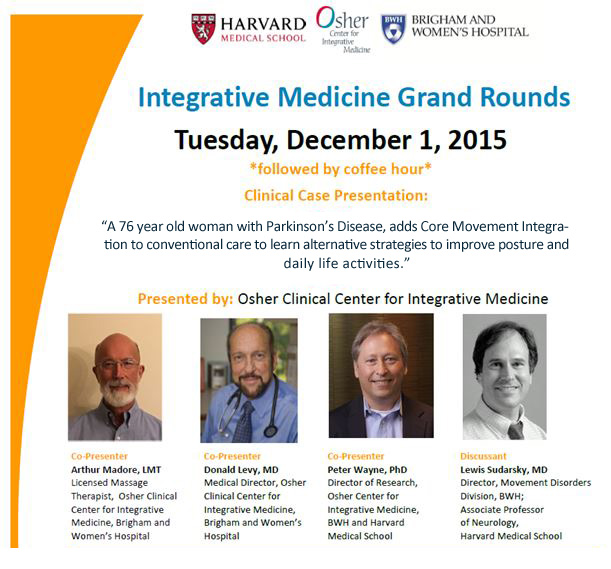
Why is it important to relax the inner thigh muscles for good posture and movement?
This blog refers to an exercise on my DVD, “Core Movement Integration”. Basic to good posture is to have your pelvis in a neutral position. This means that it is under the least amount of stress and is free to move in any direction. One common reason for the pelvis to be in a strain position is that the muscles of the inner legs are too tight. This pulls the front of the pelvis down and lifts the back of the pelvis up causing the low back muscles to shorten. Another name for these muscles are the adductors. They comprise the groin area. These muscles start at the bottom of the pelvis in the front and insert into the inner thigh bone or femoris.

